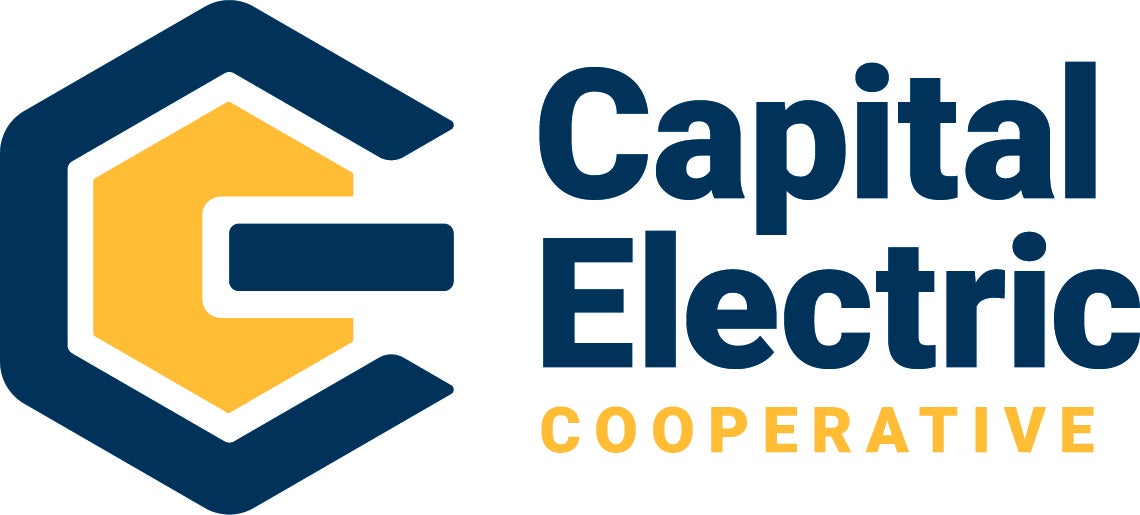Capital Electric Cooperative: Cost Pressures and Rate Increases
Cost Pressures
Capital Electric Cooperative (CEC) and our transmission and generation suppliers are seeing significant cost pressures due to inflation, higher interest rates, and necessary investments in the power grid. For example, between 2015 and 2020, CEC’s average cost increase for pad mounted transformers was just 2%. Between 2020 and 2022, the price of these same transformers increased by 50% in just two years.
During this time, double-digit price increases from vendors and contractors, coupled with higher interest rates, have put additional pressure on the expense side. Similarly, our transmission and generation suppliers are building new generation, transmission, and substations to serve the growing power needs in our area.
2023 Rate Change
After 7 years of stable rates from 2016-2023, CEC implemented a rate increase in May of 2023, which included a grid capacity charge, which was new to CEC members. This grid capacity charge is based on each member’s individual maximum power requirements instead of previously being based on the membership average. This provides a fairer allocation of the costs that each member requires of the local grid. The grid capacity charge is calculated using each member’s highest peak over a rolling 12 months.
2024 Rate Change
Today, residential and small commercial accounts are billed based on three components: energy usage (kWh), a monthly base charge, and a grid capacity charge, none of which are time based. Thus, these traditional rate components do not reflect WHEN the power is used even though the WHEN of power consumption is incredibly important.
Did you know that 42% of CEC’s power costs are determined by only 6 hours during the year? Yes, that’s right—almost half of the cooperative’s power cost is determined by a 30-minute window each month at the point our power provider must deliver the maximum required power, referred to as peaks. This is significant because CEC, along with our generation and transmission providers, must be able to meet these peaks at any given time, regardless of how often or how long that peak occurs.
Currently, the Cooperative’s rates do not match up with how the costs are determined. In the graphs below, 42% of the costs are determined by “On Peak Demand” but only 13% comes from demand revenue. On the flip side, 62% of revenue comes from energy (kWh) compared to just 31% of the cost.
To assist members that wish to actively shift usage away from peak times, CEC will be providing members with historical peak information and projected peak alerts. Members that shift usage away from peaks will benefit from lower “On Peak Demand” costs.
Going forward, our power, transmission and substations providers are also forecasting increased rate pressures as well. In 2025, Central Power Electric Cooperative expects to increase its rates to cover their increased costs. In 2026, Basin Electric Power Cooperative is expecting an increase as well. These costs will be reflected in CEC’s future wholesale power costs and future CEC member bills.
How Do You Reduce Your Power Costs?
1. Choose an alternate rate: For example, those of you that are willing and able to minimize usage during peak times should consider moving to CEC's alternative coincident peak rate, which will allow you to save even more.
2. Choose Scedule applicances and use timers to level your usage.
3. Utilize energy efficiency incentives from the Inflation Reduction Act to save on a home energy audit, replace doors and windows, install efficient heating and cooling systems, etc. Inflation Reduction Act of 2022 - What it Means for You | Department of Energy
For more information on how to reduce your power costs visit CEC’s website at www.capitalelec.com. More importantly, you can contact CEC’s Energy Services department for free expert advice.
